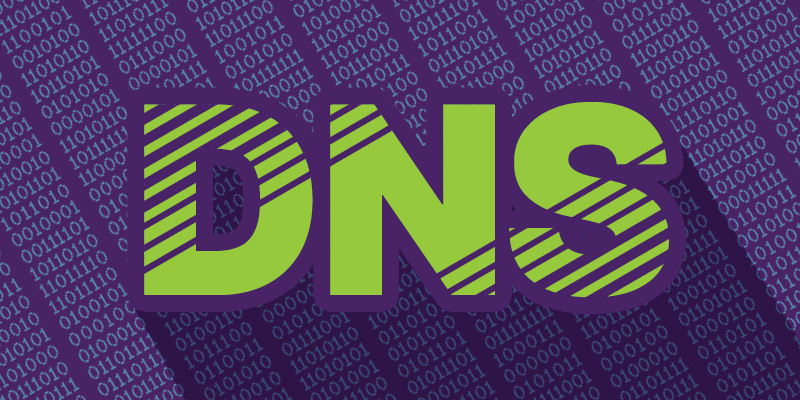Most people would categorically agree that increased privacy online is a good thing. But in practice, questions of privacy online are a bit more complex. In recent months, you’ve likely heard about DNS over HTTPS, also known as DNS 2.0 and DoH, which is a method that uses the HTTPS protocol to encrypt DNS requests, shielding their contents from malicious actors and others who might misuse such information. It can even address several DNS-enabled cyberattack methods, such as DNS spoofing or hijacking. On the other hand, obfuscating the content of DNS requests can also reduce admins’ visibility and control, as well as negatively affect business network security.
Ultimately, this DNS privacy upgrade has been a long time coming. While its creators’ original 1983 design has undoubtedly proven itself by scaling to meet the demands of today’s internet, privacy just wasn’t a consideration 38 years ago; thus, the need for DoH.
“Privacy just wasn’t a consideration 38 years ago; thus, the need for DoH.”
When weighing the obvious privacy and security benefits against the visibility and potential security drawbacks, some businesses are having difficulty managing these new protocols. That’s likely why the NSA recently released a guide that not only explains the need for DoH, it strongly recommends that businesses protect their networks from rogue DNS sources to improve their network security. But what their guide doesn’t really focus on is how.
Correctly managing encrypted DNS can be very challenging. Here’s what businesses need to know about the NSA’s guide and how to successfully embrace DoH.
What does the NSA guide recommend?
The NSA supports the privacy and security improvements DoH provides. However, they also recommend that DNS be controlled, which may leave some admins scratching their heads.
“The enterprise resolver should support encrypted DNS requests, such as DoH, for local privacy and integrity protections, but all other encrypted DNS resolvers should be disabled and blocked.”
What does the NSA caution against?
The NSA specifically warns about applications that can make DNS requests for themselves. Previously, if an application needed DNS, it would ask the local system for the resolution, ideally following whatever configuration the admin had set. These requests would then be sent to the network DNS resolver. This process provides a wealth of information to the network, helping with visibility in the case of a malware attack, or even in the event of a user accidentally clicking a phishing link.
With DNS encryption like DoH, this visibility not only disappears, but now DNS itself becomes incredibly difficult to control. The real challenge comes in as DoH hides the DNS requests using SSL, just as your web browser does when connecting to your online banking website. With this method, DNS requests appear as regular website traffic to most firewalls and networks, and can’t be identified by them as legitimate or malicious.
What other challenges should I consider?
DoH is fairly early in its adoption and only a few applications currently use it, though adoption will continue to grow. In North America, Mozilla Firefox uses DoH for DNS resolution by default. Other browsers, such as Google Chrome and Microsoft Edge have also begun to support DoH, though their default behavior will not enable DoH on most business networks.
Worth noting is that Microsoft itself has yet to support DoH on their DNS servers, so enforcing the NSA’s recommendations may be somewhat difficult. Additionally, as DoH traffic runs on port 443, just like a secure connection to a website, it is not easily regulated or blocked. You can’t just block port 443 at your firewall either, as this action would also block all secure websites. You could block some of the known DoH providers, but as with any new technology solution, more DoH resolvers appear daily.
How does Webroot address security with DoH?
The Webroot® DNS Protection agent already secures DNS requests by using DoH for all of its communications and leverages the power of Webroot BrightCloud® Threat Intelligence to identify and block alternate DoH connections. Our DNS Protection solution also includes an option to echo all DNS requests to your local resolver, so it maintains visibility into the DNS requests being made, leaving intact the powerful information provided by DNS.
Essentially, with a solution that works like Webroot DNS Protection, you still get the power of DNS filtering while also benefitting from DoH encryption. This protection secures remote and on-site users, devices, and networks, effectively fulfilling the NSA’s recommendations.






